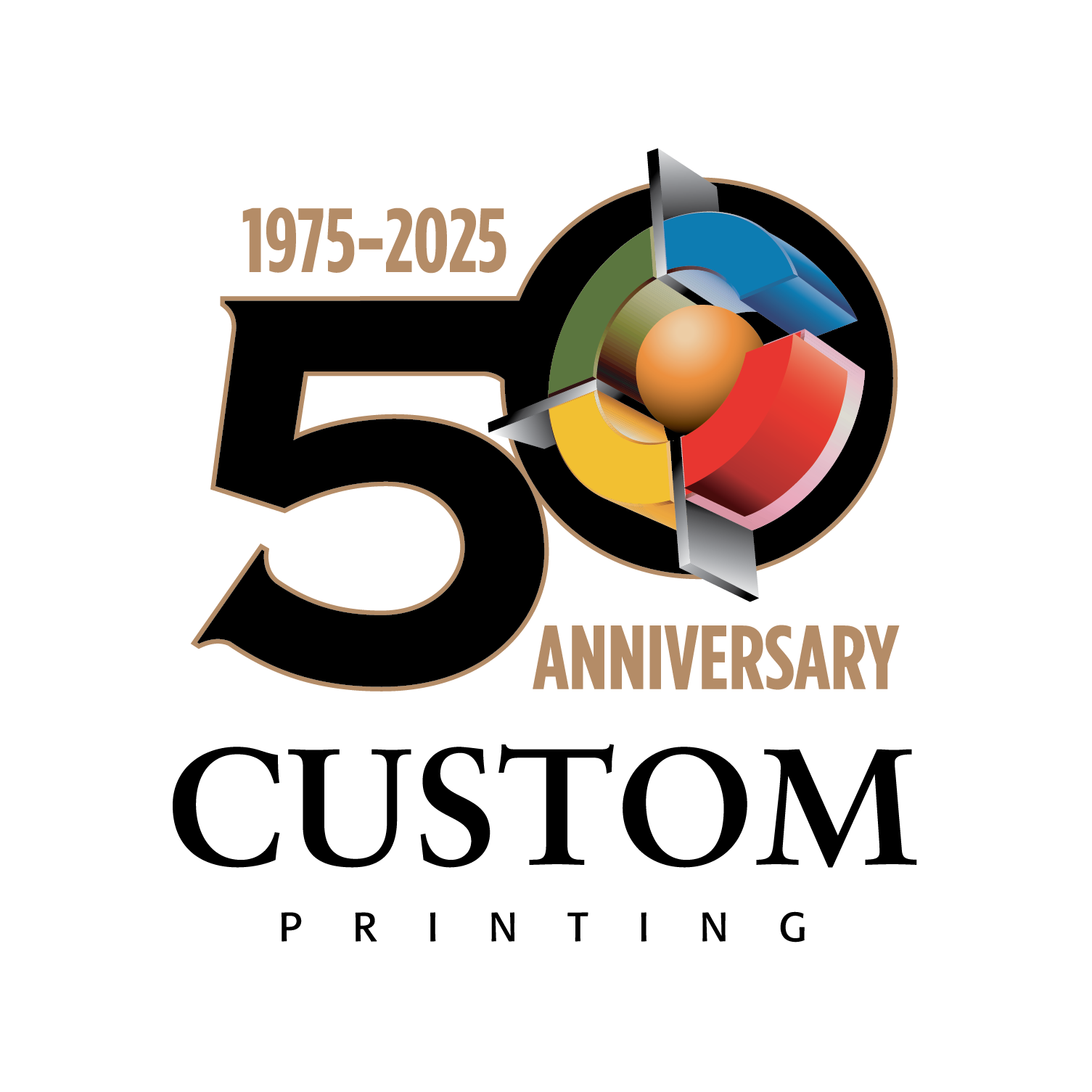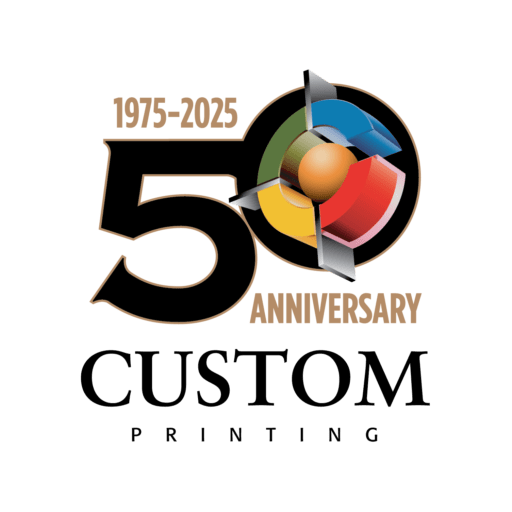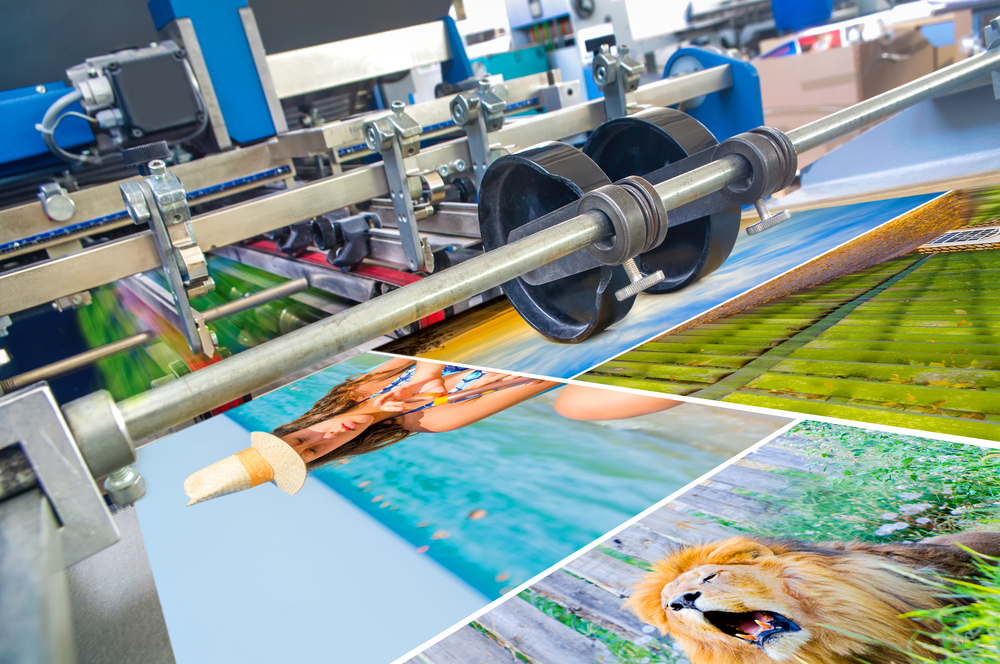When you want to disseminate information, there are several options: TV, radio, internet, and print. When you choose to print, it allows people to hold onto it, read it, and even bookmark it so that they can reference it again and again. You don’t have those options with other forms of journalism.
The most common forms of print media include newspapers and magazines. However, it can include any kind of communication that is printed in multiple copies, such as memos, pamphlets, and periodicals.
How is Print Media Produced?
Print media is produced in a variety of different ways – and new technology has made it easier to print your information and share it with an audience.
Years ago, printing presses were used to send out memos and pamphlets. Now, there are lithography printers and digital printers that can help to create better layouts and print in mass quantities. It makes it easier to disseminate the information to larger audiences.
Most people seek print media to learn something.
Newspapers may be produced daily to share information about crime, politics, sports, and current events. Magazines may be produced to share about a specific topic or industry, including unique stories, places, and trends. Meanwhile, other print media may focus on specifics about your business or your employees.
Regardless of what is being produced, the “how” has evolved dramatically. Old manuscripts in India were printed on palm leaves before the process for developing paper was discovered. The Chinese invented the art of printing, using wooden blocks during the Tang Dynasty.
The printing press that involved an actual press plate has evolved into lithographic or offset printing. It is still widely used – and can be one of the most affordable options when mass producing print media that will be shared. Ink covers a plate and the paper you want your media printed on is placed against the plate and pressed.
LED UV printing is an advancement to this form of printing, allowing a faster dry time that will provide better color preservation.
New technology has also led to digital printing. When you want to add a custom aspect to your distribution, you may not want to pay the cost of new plates being set up. A complex set of formulas is used to take the images and control how the ink and toner are used to recreate the image on paper. It is considered the faster and more cost-effective solution for large quantities – though there are still pros and cons between litho and digital printing.
How is Print Media Shared?
Print media is shared in several ways. Because it is printed, this means that it has to be distributed by hand. For this reason, some people say that print is dead – after all, distributing media over the internet is simply a matter of hitting “send” so that it can be seen by millions.
Print offers the ability to quickly create a written record. People can take it on the go, hang it on a bulletin board, or fold it into their backpacks. They don’t need an internet connection to read it and that is why print media is most certainly not dead.
As for the actual distribution, it can be mailed to homes and businesses, manually distributed, or even placed in dispensers or stacked on counters in various high-traffic areas.
Print media that costs may be on a subscription basis. Newspapers and magazines will often charge a flat rate for an annual subscription. People can then wait to get the media in their mailbox. For those who don’t want a subscription, they can head to a local newsstand, grocer, or even bookstore to get the latest issue.
Free print media is often located in various businesses, libraries, and even travel centers depending on the industry that it is being printed for.
What is Print Advertising?
Print advertising coincides with print media to ensure you have a mass communication strategy in place. You would have the ability to advertise in printed mediums that include not only newspapers and magazines but also billboards. It’s a chance to reach a large number of consumers without having to worry about whether they are online or on a specific website.
You can target your audience with print advertising by choosing the type of publication you want your advertising to be featured in. This can include location and industry-specific publications.
Many companies that release print media offer print advertising as a way to offset their costs to publish the material as frequently as they can. To sell space, many will offer deals so that advertising can be featured in every publication or on a set schedule.
The advertising may be in black and white or color. Further, there may be options for full page or smaller advertising. Depending on the type of printer that they are working with, it’s also possible for the advertising pages to be a different paper type or even have a pullout so that the advertising is nearly impossible to miss.
How to Take Advantage of Print Media
Print media is the oldest form of mass communication. It requires literacy because the media cannot be watched or listened to as it can with digital media. However, readers will generally pay more for print media because they enjoy the art and the ability to go back to the information again and again.
A significant amount of work goes into producing print media, which is all the more reason to choose a reputable commercial printer that you can rely on.
Custom Printing, Inc. has experience with both offset and digital printing to ensure your needs are met. Depending on the size of your distribution, we can make recommendations on the best printing strategy to keep your costs as low as possible.
Whether you are looking to simply print media for your audience or include print media advertising, we have the expertise and know-how. We have over 40 years of experience – and can also help with the distribution of your media.
Please get in touch as we look forward to talking to you about the options for print media so that you can disseminate information as frequently as you wish to an audience of any size.


